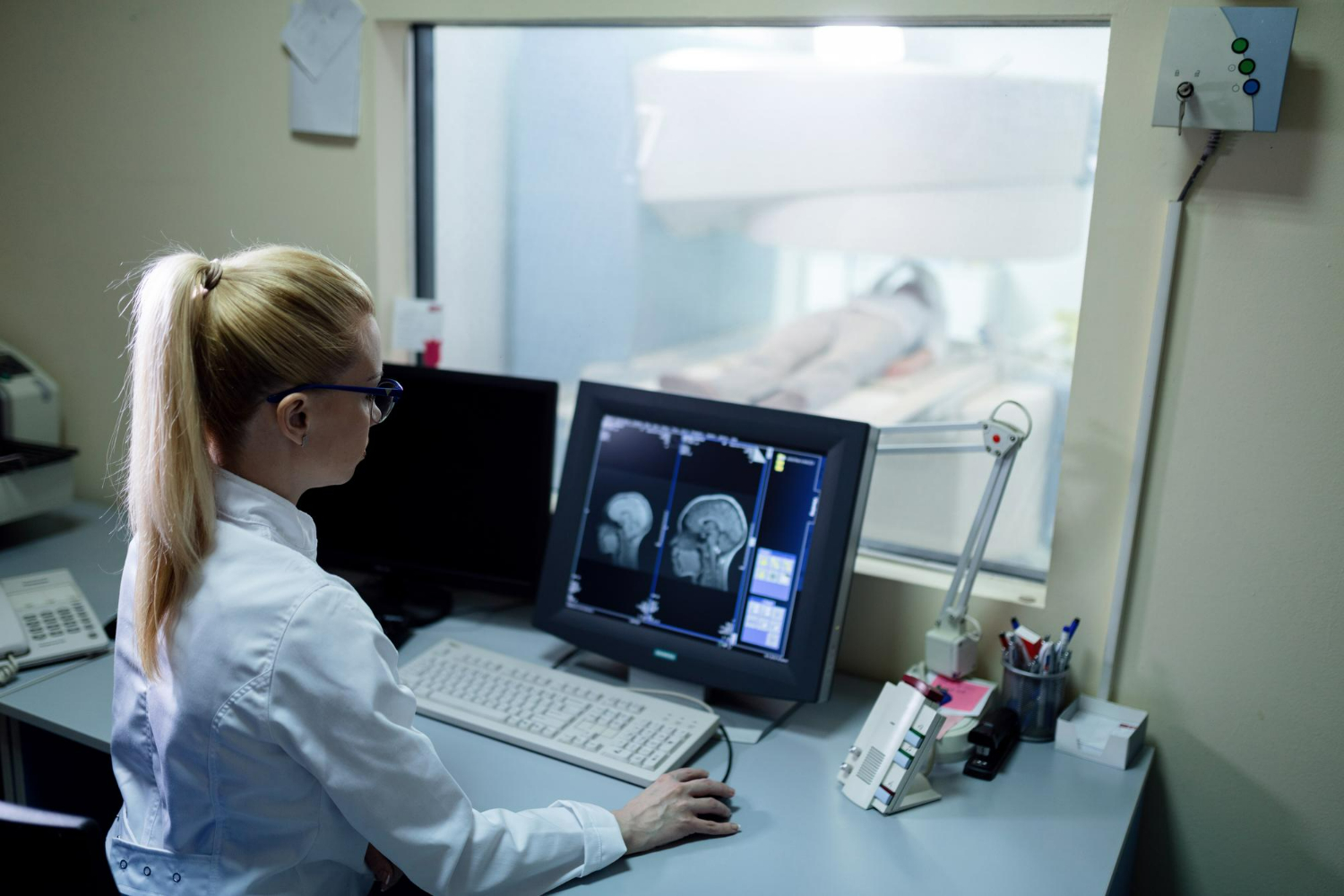Introduction
In our daily lives, we often encounter situations that require us to exercise caution. Whether it’s crossing a busy street or making important decisions, a healthy level of caution can help protect us from harm and guide our actions. However, there exists a fine line between healthy caution and paranoia—a line that is crucial to recognize and understand. In this article, we will delve into the nuances of these concepts, exploring their definitions, characteristics, and the factors that influence our perception of risk.
Understanding Healthy Caution
Healthy caution can be defined as a reasonable level of vigilance or wariness in response to potential risks or uncertainties. It involves being alert and aware of one’s surroundings, without allowing fear or irrational beliefs to dictate one’s actions. Healthy caution is an adaptive trait that helps individuals make informed decisions and navigate unfamiliar situations safely.
Consider a scenario where someone is walking alone at night in a poorly lit area. They may exercise caution by staying aware of their surroundings, avoiding dark alleys, and keeping their belongings secure. This cautious behavior is driven by a rational assessment of potential risks and a desire to stay safe, without succumbing to excessive fear or suspicion.
Exploring Paranoia
Paranoia, on the other hand, is characterized by an irrational and persistent belief that one is being threatened, persecuted, or harmed, often without sufficient evidence or justification. It goes beyond healthy caution and can significantly impact an individual’s thoughts, emotions, and behaviors. Paranoia may manifest as extreme mistrust of others, hypervigilance, or the belief that harmless events or coincidences have sinister intentions.
Psychologically, paranoia can stem from various factors, including past traumas, underlying mental health conditions such as schizophrenia or paranoid personality disorder, or substance abuse. It can also be exacerbated by environmental stressors, such as social isolation or exposure to violence or trauma.
Recognizing the Differences
Distinguishing between healthy caution and paranoia involves understanding the cognitive, emotional, and behavioral differences between the two. While both may involve a heightened awareness of potential threats, healthy caution is grounded in rationality and evidence-based reasoning, whereas paranoia is fueled by irrational beliefs and distorted perceptions of reality.
Cognitively, individuals exhibiting healthy caution are able to assess risks objectively, weighing the probability of harm against the benefits of taking action. They are open to new information and are willing to adjust their beliefs and behaviors based on evidence. In contrast, those experiencing paranoia may engage in “confirmation bias,” selectively interpreting ambiguous or neutral stimuli as evidence of danger, while dismissing contradictory information.
Emotionally, healthy caution may evoke a sense of vigilance or concern, but it does not typically elicit overwhelming fear or anxiety. Individuals can maintain a sense of calm and control, even in potentially risky situations. In contrast, paranoia is often accompanied by intense emotional distress, including fear, suspicion, and a pervasive sense of dread or persecution.
Behaviorally, healthy caution leads to adaptive coping strategies, such as seeking information, setting boundaries, or avoiding potentially risky situations when necessary. In contrast, paranoia may result in maladaptive behaviors, such as avoidance, withdrawal, or confrontational responses to perceived threats.
Factors Influencing Perception
Various factors can influence how individuals perceive and interpret potential threats, shaping their levels of caution or paranoia. Personal experiences, such as past traumas or instances of betrayal or victimization, can heighten sensitivity to perceived threats and trigger defensive responses. Environmental influences, such as media portrayals of crime or violence, societal norms, or cultural beliefs about safety and security, can also shape individuals’ perceptions of risk.
Additionally, genetic predispositions and neurological factors may play a role in predisposing individuals to paranoia. Research suggests that certain genetic variations and abnormalities in brain structure or function may increase susceptibility to paranoid thinking, particularly in individuals with a family history of mental illness.
Assessing Risk Levels
When faced with uncertainty or perceived threats, it’s important to assess the context and magnitude of the perceived risk objectively. This involves gathering information from multiple sources, seeking expert opinions when necessary, and using evidence-based tools and assessment scales to evaluate the likelihood and severity of potential harm.
For example, if someone receives a suspicious email claiming to be from their bank requesting personal information, they can verify the legitimacy of the email by contacting their bank directly or using security measures such as two-factor authentication. By gathering additional information and consulting trusted sources, they can make a more informed decision about how to respond to the perceived threat.
Coping Strategies for Paranoia
For individuals experiencing paranoia, coping strategies can help challenge irrational thoughts, manage emotional distress, and improve overall well-being. Cognitive-behavioral techniques, such as cognitive restructuring or reality testing, can help individuals identify and challenge distorted beliefs, replacing them with more balanced and realistic interpretations of events.
Mindfulness practices, such as meditation or deep breathing exercises, can help individuals cultivate present moment awareness and reduce anxiety or rumination. Building a strong support network of friends, family members, or mental health professionals can provide emotional validation, practical assistance, and a sense of connection and belonging.
Cultivating Healthy Caution
To cultivate healthy caution, individuals can enhance their self-awareness and emotional regulation skills, allowing them to recognize and manage their responses to potential threats more effectively. Developing critical thinking abilities, such as evaluating evidence and considering alternative explanations, can help individuals make informed decisions and avoid falling prey to irrational beliefs or conspiracy theories.
Maintaining a balanced perspective and engaging in adaptive coping mechanisms, such as seeking social support or engaging in enjoyable activities, can help mitigate the negative impact of stress and uncertainty. By prioritizing self-care and taking proactive steps to protect their well-being, individuals can navigate life’s uncertainties with confidence and resilience.
Conclusion
In conclusion, distinguishing between healthy caution and paranoia is essential for maintaining mental well-being and navigating life’s uncertainties. By understanding the cognitive, emotional, and behavioral differences between the two, individuals can make informed decisions, manage their responses to perceived threats, and seek support when needed. By cultivating self-awareness, critical thinking skills, and adaptive coping mechanisms, individuals can develop resilience and confidence in facing life’s challenges with clarity and courage.


















